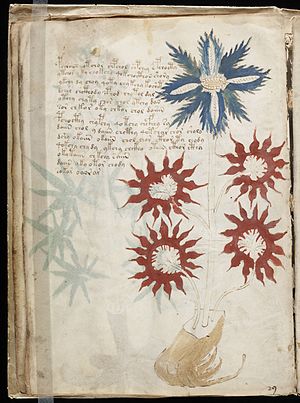Greetings from a nice warm spot by the window with a blizzard going on outside, here in Moscow.
I had a comment squelched by the Daily Telegrumph Moderator today, but that’s fine. I saved it, and can reproduce it here, where there is freedom of speech.
It was all about the fate of the Danish giraffe, Marius, who got ethnically cleansed for not being good enough for the ScandinAryan giraffe gene pool and fed to lions in Copenhagen Zoo as shown below (photo taken from Tumblywhump as compensation for wasting my time – that’s after all what it amounts to when a moderator squelches one of my finely-crafted commentaaages).
This was sad because a billionaire in America had offered to take Marius to a retirement home for giraffes in Beverley Hills and given a load of money even for him to Copenhagen zoo, but the director of the zoo was adamant that Marius was for the chop. So unceremoniously they killed him and carved him up and fed him to lions in front of the parents an children visiting the zoo.
That’s the background.
My comment was as follows:
-
Where are the so-called “Islamic fundamentalists” when you need them? When the Danes draw some funny pictures of a bloke in a turban, they come out and make a terrific fuss, but now, when they really is something rotten in the state of Denmark, as in rotting giraffes being fed to lions, they keep as quiet as a mouse and have nothing to say? Haven’t they read the verse where it says “انت سوف لا اذبح خاصتك الثيران الأسير، بقرات، وغيرها من البهائم الطاهرة وتتغذى منه إلى الأسود، لم يكن أي من خاصتك حمار وحشي والزرافات والإبل والحمير وإلاند. ولا رئيس ولا ذيل ولا قدم ولا الأسلحة ولا أرجل ولا أجنحة ولا الجسم منهم انت سوف يسبب إلى أن تستهلك من قبل قط كبير “, “Thou shalt not slay thy captive oxen, kyne, and other clean beasts and feed thereof to lions, neither of thy zebras, camelopards, okapis, quaggas and elends. Neither the head nor the tail nor the feet nor the arms nor legs nor wings nor body of them shalt thou cause to be consumed by a large cat” (Sura 345.6)
Evidently there is little freedom of speech in the UK these days as I noted that this gem of mine was quickly removed even though the readers of the Tellygrump had managed to vote it up quite strongly in a short time and retweet it around the internet a bit. None of their readers disagreed or wanted to take issue with it, or vote it down, only to support it or vote it up. So how come their moderators are so out of synch with the tastes and opinions of their readership?
Junkalists are the first ones to weep and wail and gnash their smelly teeth when anyone curtails their freedom of the press (which they rarely take proper advantage of anyway) but they will happily curtail that of their own stakeholders the readership with never a care. Thankfully I have my own blog and can have my say anyhow without the by-your-leave of some wannabe Fleet Street hack who got confined to the backroom moderating the online version of the Tuffygroll.


